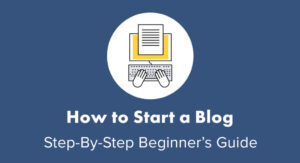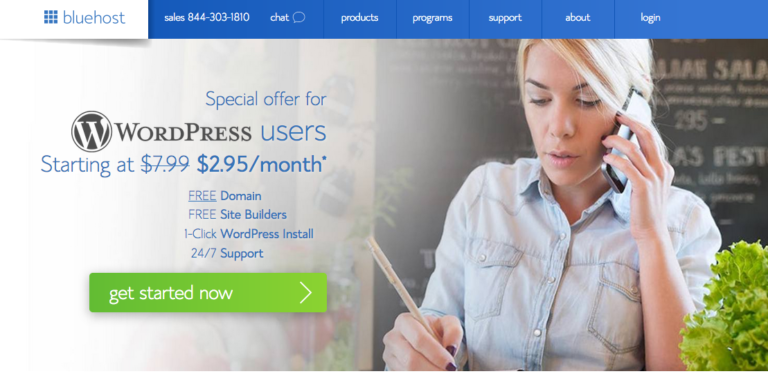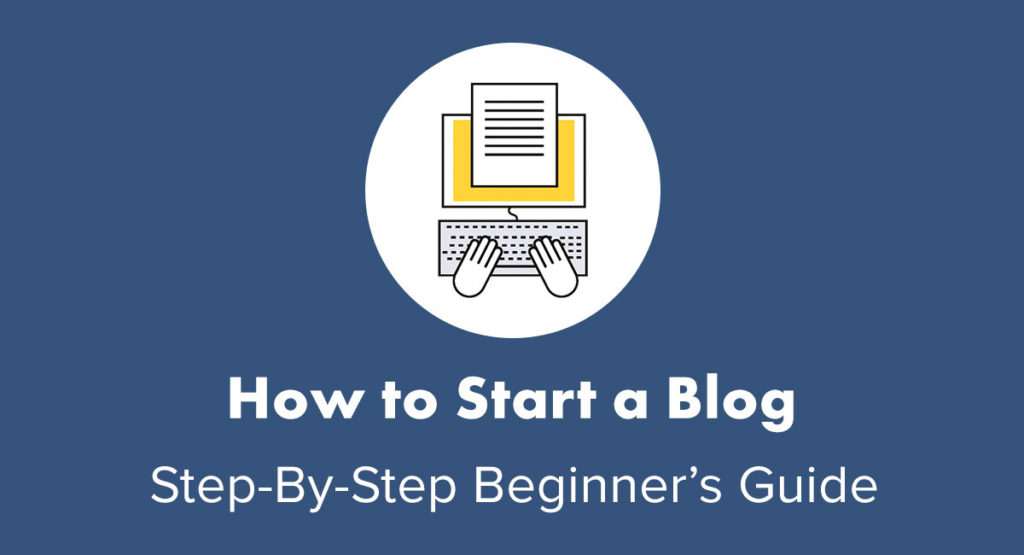A blog is a good source of income online. It takes time but once you set up it, it becomes your main source of income. But starting it in a proper way is very important. In a way to grow it, you need proper niche content, guides, monetize tips and the best web hosting service.
So in this article, we will get to know ” how to start a WordPress blog on Bluehost.
What you will get in this article:
- Bluehost Hosting: Why
- Setup WordPress on Bluehost
- Essential WordPress plugins
- Content Guideline
- Keyword Knowledge: Basic
So let us start with our first blog on Bluehost.

Click to find
How To Start A WordPress Blog On Bluehost:
1. Bluehost Hosting:
Bluehost is one of the best and recommended WordPress hosting provider. With there 99.9% uptime service it run your website 24 hours with fast speed.
- Free Domain Name
- Easy to use
- Free site builder
- Free Email address
- Fast page load time
- Free SSL certificate
- 1-click WordPress install
- 30-day money-back guarantee
- 24/7 support
These are some premium features of Bluehost that make it recommended service since 2005 for WordPress.

So let us dive in it, Step by step.
Click here to purchase Bluehost hosting( Free Domain).
So here the first step comes out. Your domain name. Your domain is as equally important as your blog hosting. When you buy a domain name, consider focusing on these points.
- Short name
- Main keyword in it
- Easy to remember it
- Related to your niche
- Attractive name
your main keyword must be in your domain name.
You can take the help of ubbersuggest or semrush for keyword research once your blog is ready.
So now you have your domain name. Continue to follow steps and purchase basic plan for your new blog. You can use any payment method here.
Now as you have a basic hosting plan.
Install WordPress On Bluehost:
After purchase, your WordPress hosting on Bluehost, The next step is to install WordPress on it. To install WordPress on Bluehost. follow these simple steps.
Here Bluehost will ask you about your blog name. Give it a perfect name.
Choose a perfect theme for your blog. Once you done with your WordPress theme, start writing your article.
